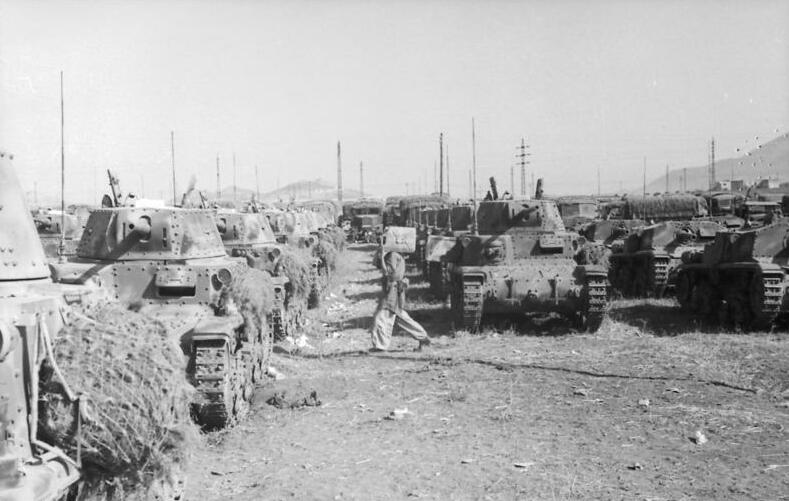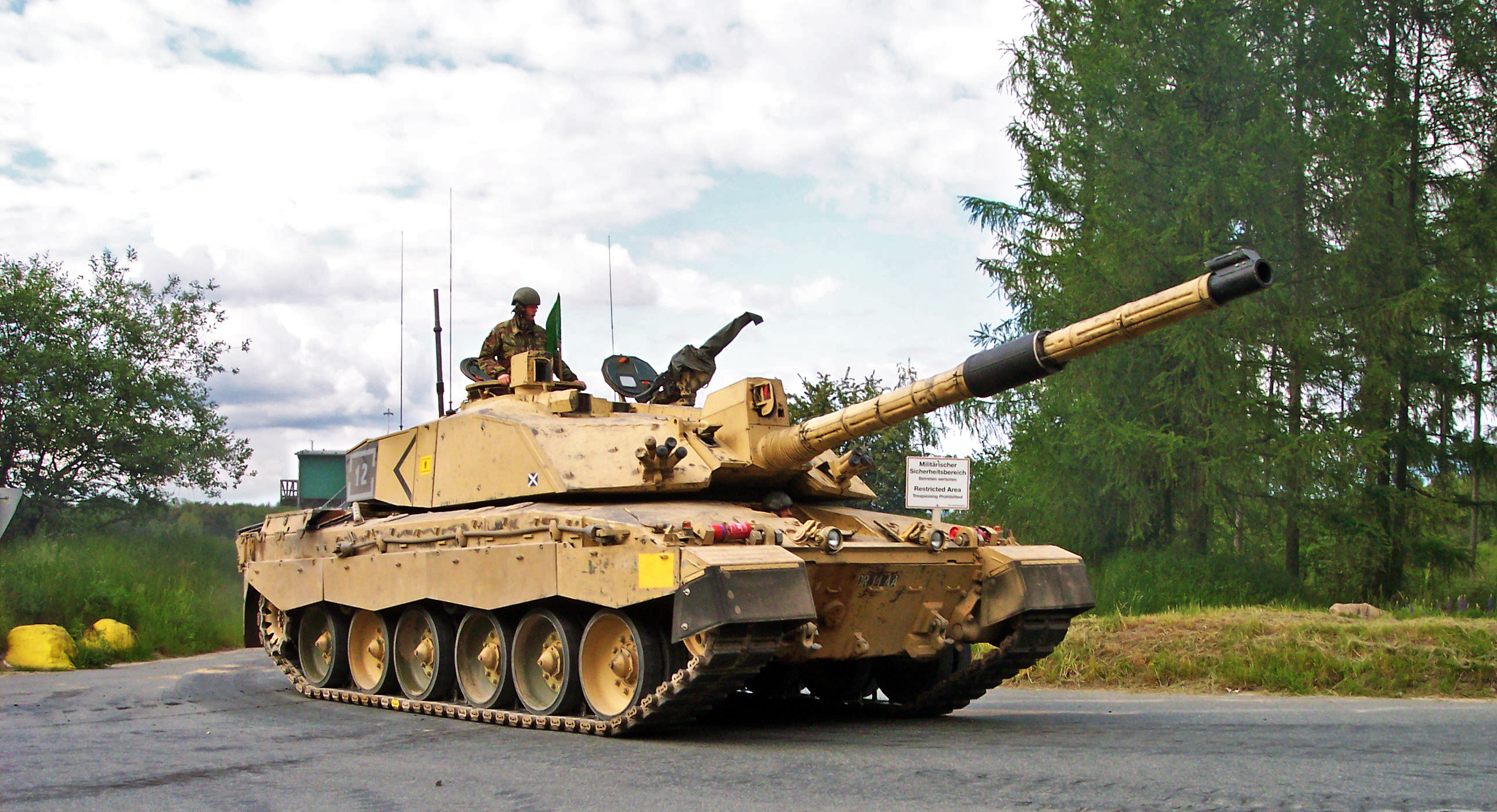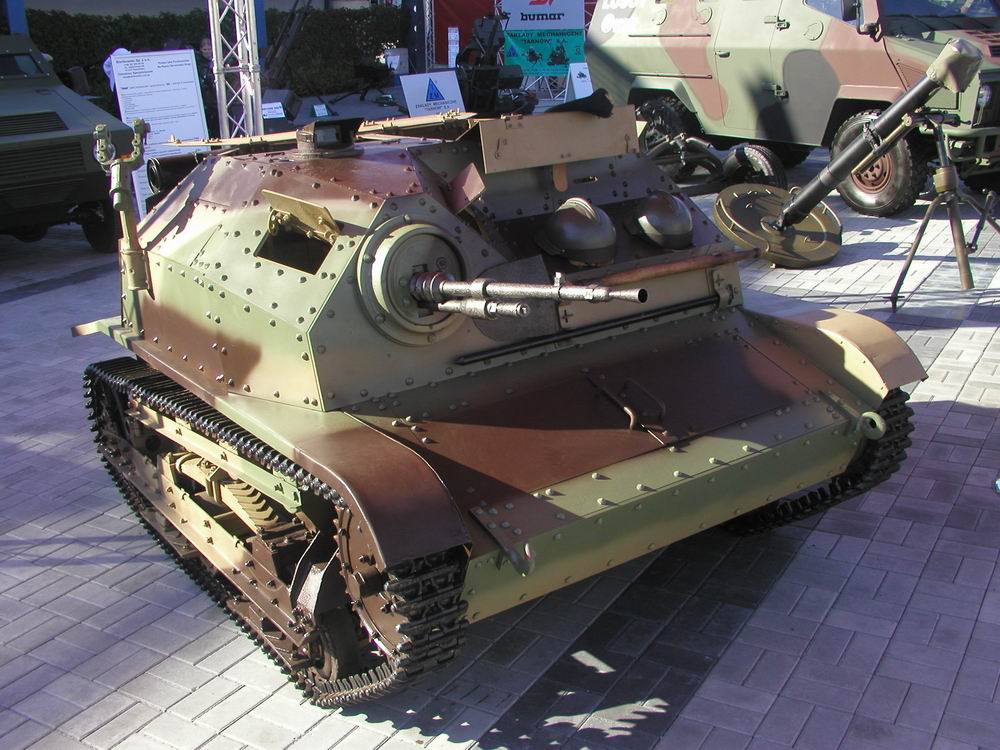|
Carro Armato
''Carro Armato'' (armored vehicle) was the Italian Army's designation for tanks from 1938. This would be followed by a letter and a series of numbers. The letter would be either L, M or P meaning light, medium, and heavy tank respectively. The official Italian military tank classification differed from contemporary classifications in other countries. The numbers would follow the pattern of X/Y where X would be the weight in tonnes and Y the year of adoption (i.e. the L6/40 weighs 6 tonnes and was adopted in the year 1940). The following are some Carro Armatos that entered service: * Carro Armato L5/21: Fiat L5/21 light tank * Carro Armato L5/30: Fiat L5/30 light tank * Carro Armato L6/40: Fiat L6/40 light tank * Carro Armato M11/39: Fiat M11/39 medium tank * Carro Armato M13/40: Fiat M13/40 medium tank * Carro Armato M14/41: Fiat M14/41 medium tank * Carro Armato M15/42: Fiat M15/42 medium tank * Carro Armato P40: Fiat P26/40 heavy tank NOTE: The L3/33 and the L3/35 tankettes ... [...More Info...] [...Related Items...] OR: [Wikipedia] [Google] [Baidu] |
Fiat M14/41
The M 14/41 was a four-crew medium tank that served from 1941 in the Royal Italian Army. The official Italian designation was Carro Armato M 14/41. The tank was first employed in the North African Campaign where its shortcomings quickly became apparent. History Development The M 14/41 was a slightly improved version of the earlier M 13/40 with a more powerful diesel engine. It was produced in limited numbers as it was already considered obsolete by the time of its introduction. The M 14/41 used the same chassis as the M13/40 but with a redesigned hull with better armour. The M 14/41 was manufactured in 1941 and 1942. Nearly 800 had been produced by the time production ended. In combat The tank was first employed in the North African Campaign. The vehicle was unreliable and cramped, and caught fire easily when hit. Following the withdrawal of Italian forces from North Africa the M14/41 was rarely encountered, though many captured vehicles were pressed into ... [...More Info...] [...Related Items...] OR: [Wikipedia] [Google] [Baidu] |
Fiat L6/40
The L6/40 was a light tank used by the Italian army from 1940 through World War II. It was designed by Ansaldo as an export product, and was adopted by the Italian Army when officials learned of the design and expressed interest. It was the main tank employed by the Italian forces fighting on the Eastern Front alongside the L6/40-based Semovente 47/32 self-propelled gun. L6/40s were also used in the North African campaign. The official Italian designation was Carro Armato ("armored vehicle", i.e. "tank") L6/40. This designation means: "L" for ''Leggero'' ("light"), followed by the weight in tons (6) and the year of adoption (1940). Design and development The L6/40 was a conventional light tank design of riveted construction. A one-man turret in the centre mounted a single Breda Modello 35 20 mm main gun and a Breda 38 8 mm coaxial machine gun. The driver sat in the front right of the hull. The riveted armour was six to 40 mm in thickness, which was roughly ... [...More Info...] [...Related Items...] OR: [Wikipedia] [Google] [Baidu] |
Fiat M13/40
The Carro Armato M13/40 was an Italian World War II tank designed to replace the M11/39 in the Italian Army at the start of World War II. It was the primary tank used by the Italians throughout the war. The design was influenced by the British Vickers 6-Ton and was based on the modified chassis of the earlier M11/39. Production of the M11/39 was cut short in order to get the M13/40 into production. The name refers to "M" for ''Medio'' (medium) according to the Italian tank weight standards at the time, 13 tonnes was the scheduled weight and 1940 the initial year of production. Specifications The M13 was constructed of riveted steel plates as follows: 30 mm front (as the M11), 42 mm on turret front (30 mm for the M11), 25 mm on the sides (the M11 had only 15 mm), 6 mm bottom (making it very vulnerable to mines) and 15 mm on top. The crew of four were housed in a forward fighting compartment, with the engine at the rear and transmission at the fron ... [...More Info...] [...Related Items...] OR: [Wikipedia] [Google] [Baidu] |
Tank Classification
Tank classification is a taxonomy of identifying either the intended role or weight class of tanks. The classification by role was used primarily during the developmental stage of the national armoured forces, and referred to the doctrinal and force structure utility of the tanks based on design emphasis. The weight classification is used in the same way truck classification is used, and is intended to accommodate logistic requirements of the tanks. Many classification systems have been used over a hundred years of tank history. An early division in the definition of roles was between infantry tanks intended to focus on supporting infantry in the assault, and cruiser tanks intended for classic cavalry missions of exploitation, screening and reconnaissance. As World War II progressed, the separation of "infantry" and "cruiser" roles generally disappeared and the "universal tank" started to take over. Classification has always been determined by the prevailing theories of armo ... [...More Info...] [...Related Items...] OR: [Wikipedia] [Google] [Baidu] |
Tonne
The tonne ( or ; symbol: t) is a unit of mass equal to 1000 kilograms. It is a non-SI unit accepted for use with SI. It is also referred to as a metric ton to distinguish it from the non-metric units of the short ton ( United States customary units), and the long ton ( British imperial units). It is equivalent to approximately 2204.6 pounds, 1.102 short tons, and 0.984 long tons. The official SI unit is the megagram (symbol: Mg), a less common way to express the same mass. Symbol and abbreviations The BIPM symbol for the tonne is t, adopted at the same time as the unit in 1879.Table 6 . BIPM. Retrieved on 2011-07-10. Its use is also official for the metric ton in the United States, having been adopted by the United States |
Fiat 3000
The Fiat 3000 was the first tank to be produced in series in Italy. It became the standard tank of the emerging Italian armored units after World War I. The 3000 was based on the French Renault FT. History Although 1,400 units were ordered, with deliveries to begin in May 1919, the end of the war caused the original order to be canceled and only 100 were delivered. The first Fiat 3000s entered service in 1921 and were officially designated as the ''carro d'assalto'' Fiat 3000, Mod. 21 (Italian for "Fiat 3000 assault tank, Model 21"). Tests of the Model 21 revealed that the armament, consisting of two 6.5 mm machine guns, was inadequate, and adoption of a 37 mm gun as main armament was urged. The up-gunned version of the 3000, armed with a 37/40 gun, was tested in 1929 and was officially adopted in 1930 with the designation of ''carro d'assalto'' Fiat 3000, Mod. 30. The Model 30, in addition to its improved armament, also differed from the Model 21 in that it had a more p ... [...More Info...] [...Related Items...] OR: [Wikipedia] [Google] [Baidu] |
Fiat M11/39
The Carro Armato M11/39 was an Italian medium tank first produced prior to World War II. The M11/39 saw service in Africa and Italy (1939–1944). The official Italian designation was Carro Armato (armoured vehicle) M11/39. The designation for the M11/39 is as follows: "M" for ''Medio'' ("medium"), followed by the weight in tonnes (11) and the year of adoption (1939). Development The M11/39 was developed as a "breakthrough tank" (). The design of the M11/39 was influenced by the British Vickers 6-Ton. This influence is reflected particularly in the track and suspension design. A novelty of the design was the placement of the final reduction gears inside the front-mounted drive sprockets, eliminating the need for enlarged final drive housings in the bow armour. Service use of the M11/39 was short due to several deficiencies in its design, particularly the placement of the main 37 mm gun in the hull. The design concept was to use the main gun against other tanks and to defend ... [...More Info...] [...Related Items...] OR: [Wikipedia] [Google] [Baidu] |
Fiat M15/42
The Carro Armato M15/42 was the last Italian medium tank produced during World War II. It was based on the earlier M13/40 and M14/41 medium tanks, and was built with the lessons from the North African Campaign in mind. The tank was meant to be a stopgap until the heavier P26/40 tank could be produced in numbers. It did not serve in North Africa, the theatre in which it was intended to operate, but served in Italy and in Yugoslavia with the German Wehrmacht. Development After witnessing the inadequacies of their M13/40 and M14/41 medium tanks, the Italian Army decided that they needed a stopgap design until the heavier P26/40 was ready for production. The M13/40 and M14/41, although comparable to most of their early British and Allied contemporaries, had several severe drawbacks which made them very unsuited for the deserts of North Africa. Moreover, their guns, although adequate against most medium tanks, could not penetrate the most heavily armoured British types being fiel ... [...More Info...] [...Related Items...] OR: [Wikipedia] [Google] [Baidu] |
P40 Tank
The P 26/40 was an Italian World War II heavy tank. It was armed with a 75 mm gun and an 8 mm Breda machine gun, plus another optional machine gun in an anti-aircraft mount. Design had started in 1940 but very few had been built by the time Italy signed the armistice with the Allies in September 1943 and the few produced afterwards were used by the Germans. The official Italian designation was '' carro armato'' ("armoured vehicle") P 26/40. The designation means: P for ''pesante'' ("heavy"), the weight of 26 tonnes, and the year of adoption (1940). History The development work began in 1940, on Benito Mussolini's specific orders. Initial requirements were for a 20 tonne (the maximum load allowed by pontoon bridges) tank with a 47 mm gun, three machine-guns and a crew of five, but this was quickly superseded by another 25 tonne design, to be named ''P26''. The development work proceeded quickly except for the engine; the Italian military staff, the ''Stato Maggiore'' ... [...More Info...] [...Related Items...] OR: [Wikipedia] [Google] [Baidu] |
L3/33
The Carro Veloce 33 (CV 33) or L3/33 was a tankette originally built in 1933 and used by the Italian Army before and during World War II. It was based on the imported British Carden Loyd tankette (license-built by Italy as the CV 29). Many CV 33s were retrofitted to meet the specifications of the CV 35 in 1935. In 1938, the CV 33 was renamed the "L3/33" while the CV 35 became the "L3/35s." The original CV 33 carried a two-man crew protected by 12 mm of welded armour and was armed with a single 6.5 mm machine gun. The L3/33 saw action in China, Spain, France, the Balkans, North Africa, Italian East Africa, Italy, and Russia. Variants L3/33 CC The L3/33 CC (Contro Carro, literally "Anti Tank") was based on the L3 tankette. A small number of L3/33s and 35s had their 6.5mm machine guns replaced by a Fucile Controcarri S Mod.39 (20 mm) anti-tank gun, creating an ad-hoc tank destroyer platform. Arriving too late to see action in Libya before the A ... [...More Info...] [...Related Items...] OR: [Wikipedia] [Google] [Baidu] |
L3/35
The L3/35 or Carro Veloce CV-35 was an Italian tankette that saw combat before and during World War II. Although designated a light tank by the Italian Army, its turretless configuration, weight and firepower make it closer to contemporary tankettes. It was the most numerous Italian armoured fighting vehicle and saw service almost everywhere the Italians fought in World War II but proved inadequate for modern warfare, having too thin armour and weak armament of only machine guns. It was cheaply produced but because of its light armaments and armour it was reserved to mostly colonial, policing, reconnaissance, and supply duties. However, given its low production costs, proved to be efficient in the Second Italo-Abyssinian War, Spanish Civil War and the Greco-Italian War where it provided reliable support to Italian infantry and disrupted enemy lines. Development The L3/35 was developed from the Carden Loyd Mark VI tankette, four of which were imported from Britain in 1929. The f ... [...More Info...] [...Related Items...] OR: [Wikipedia] [Google] [Baidu] |
Tankettes
A tankette is a tracked armoured fighting vehicle that resembles a small tank, roughly the size of a car. It is mainly intended for light infantry support and scouting.T-27 Tankette (from the 'battlefield.ru' website, with further references cited. Accessed 2008-02-21.) Colloquially it may also simply mean a small tank. Several countries built tankettes between the 1920s and 1940s, and some saw limited combat in the early phases of . The vulnerability of their light armour, however, eventually led armies to abandon the concept with some exceptions such as the more modern German Wiesel (Weasel) series. ...
|






